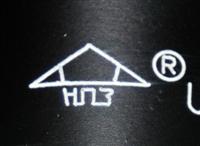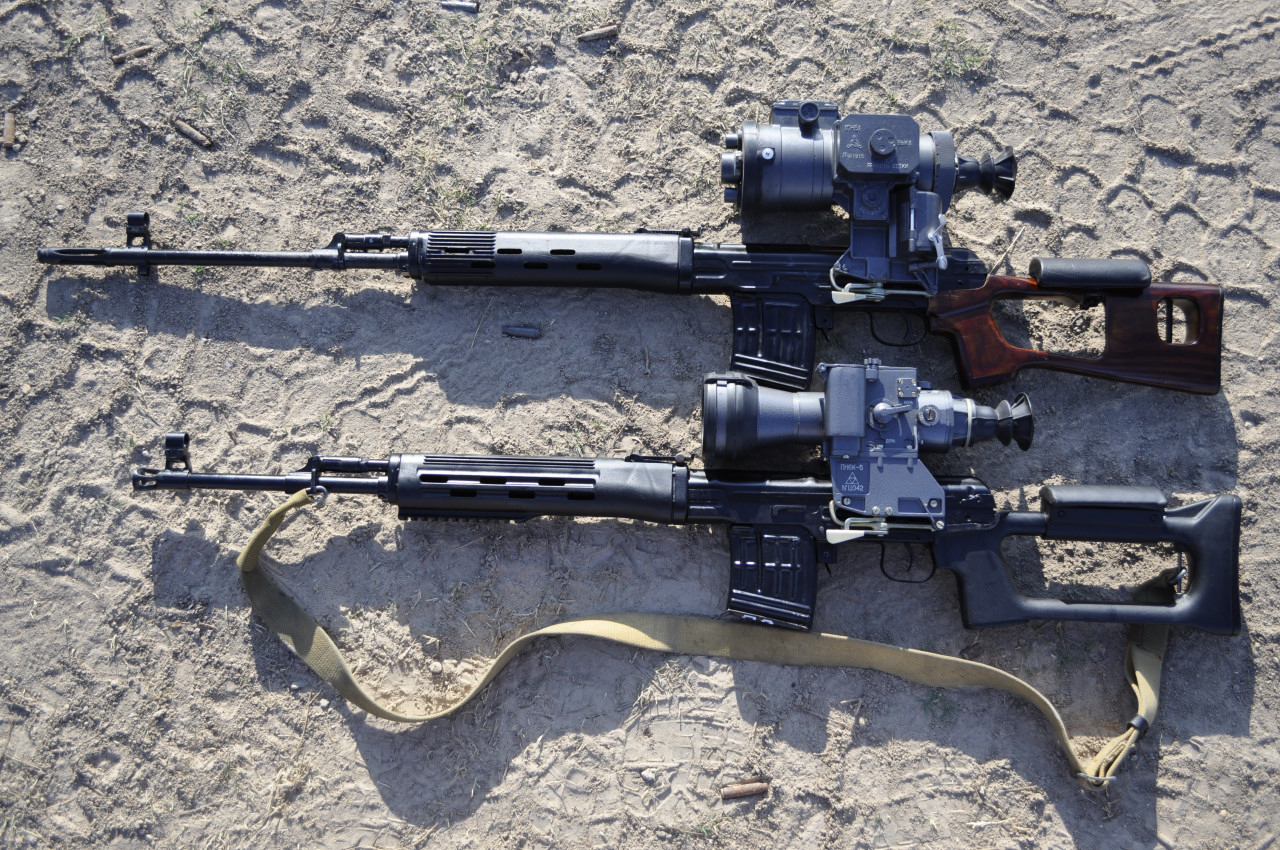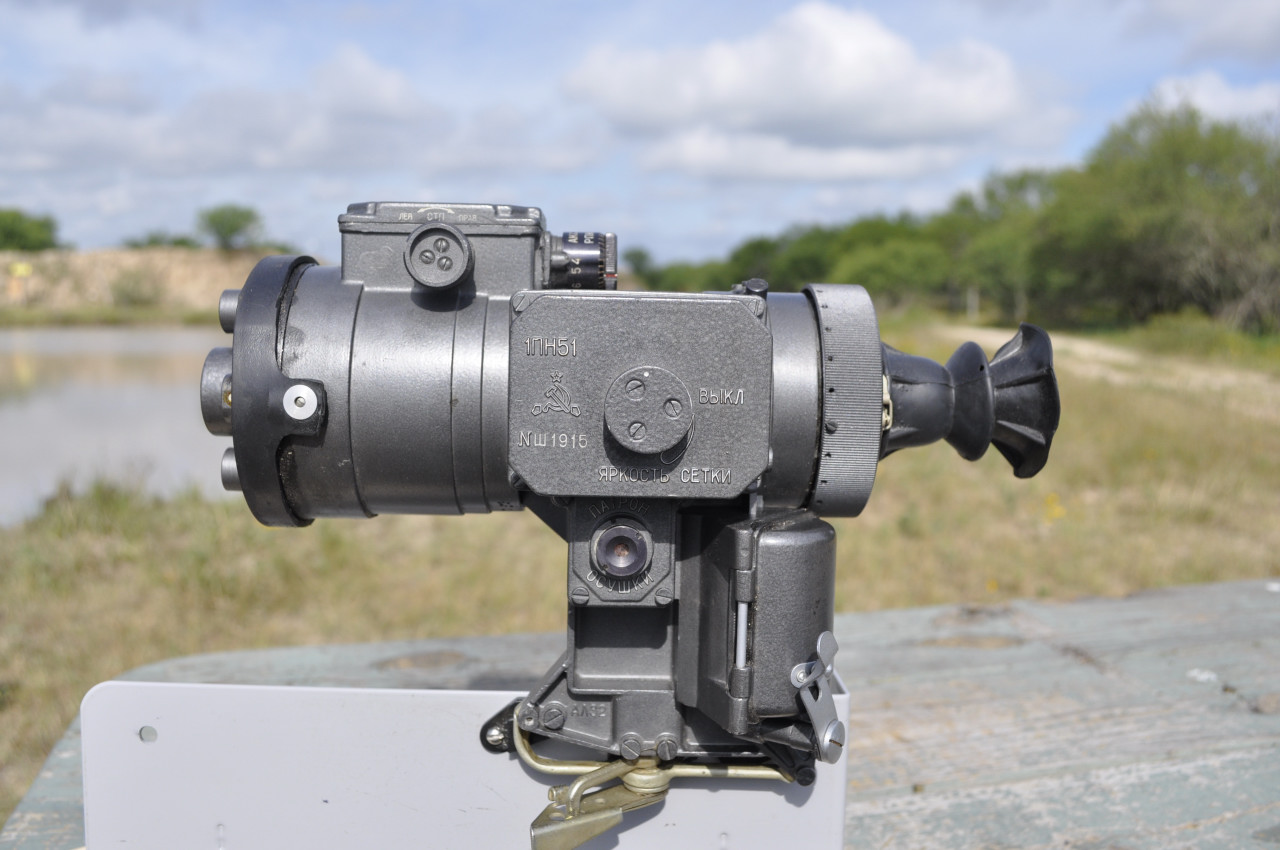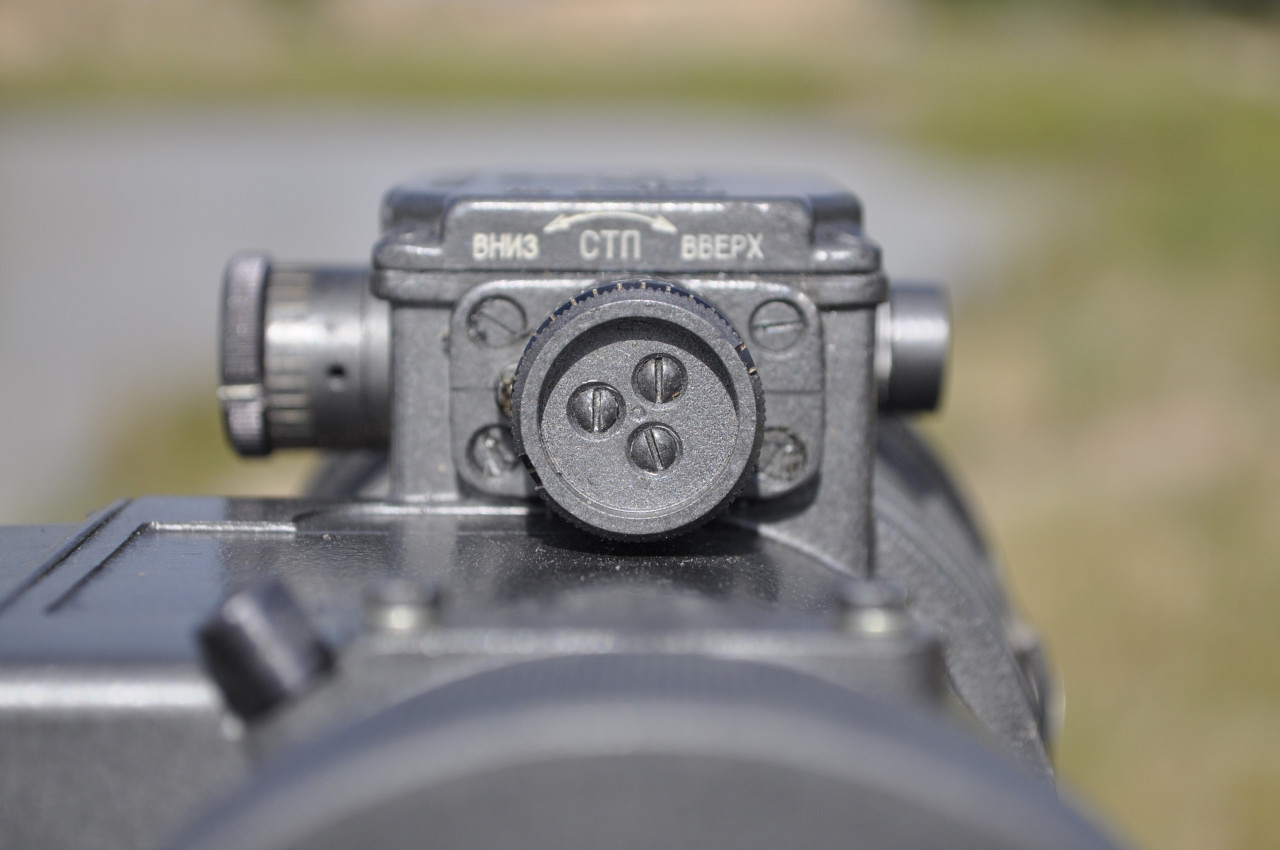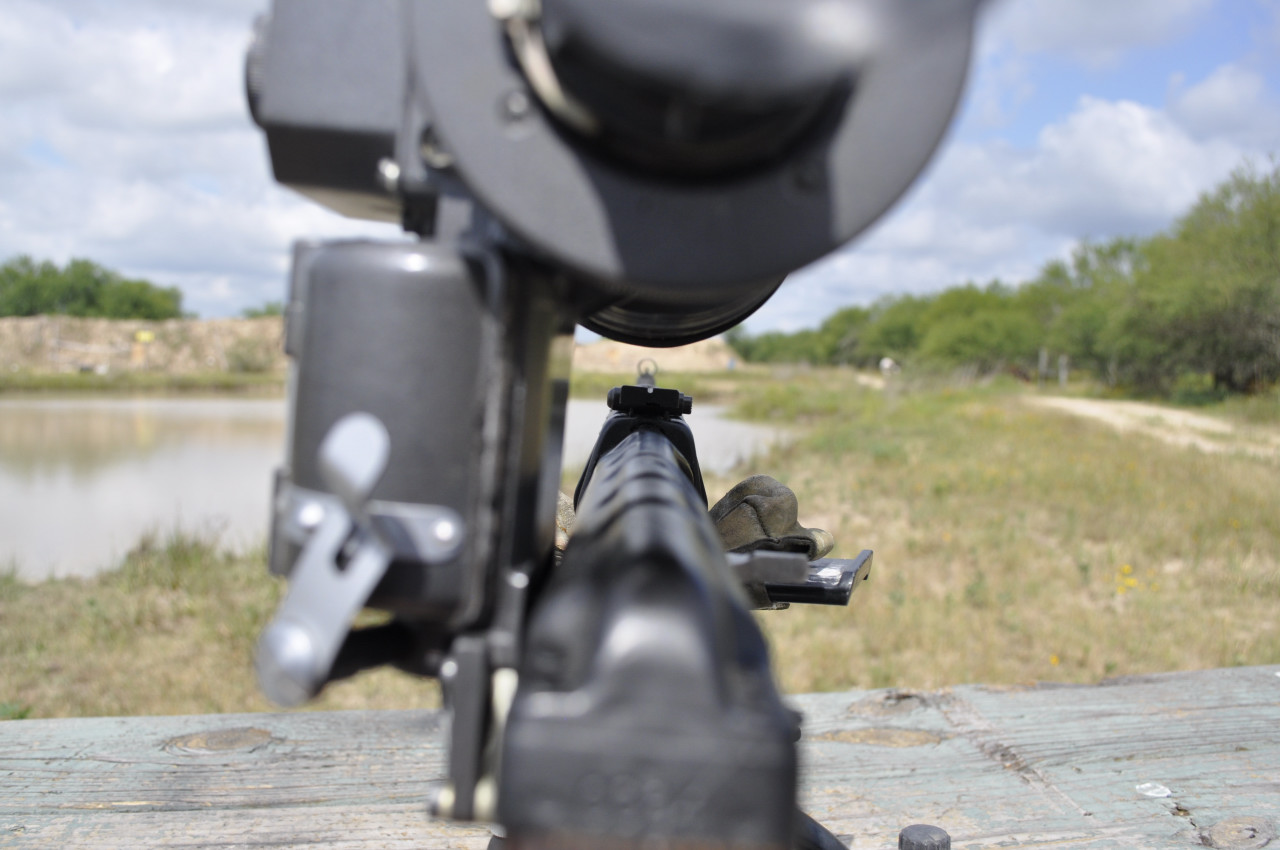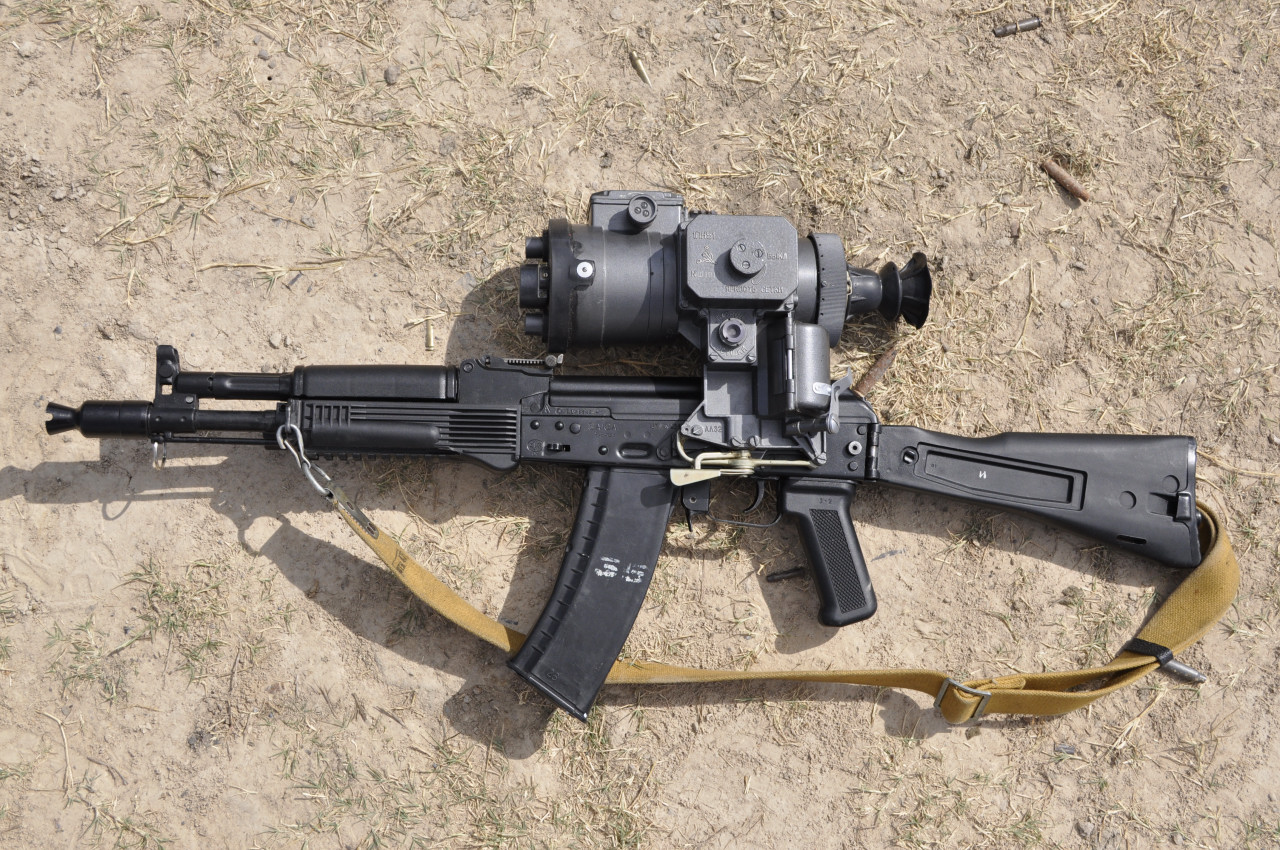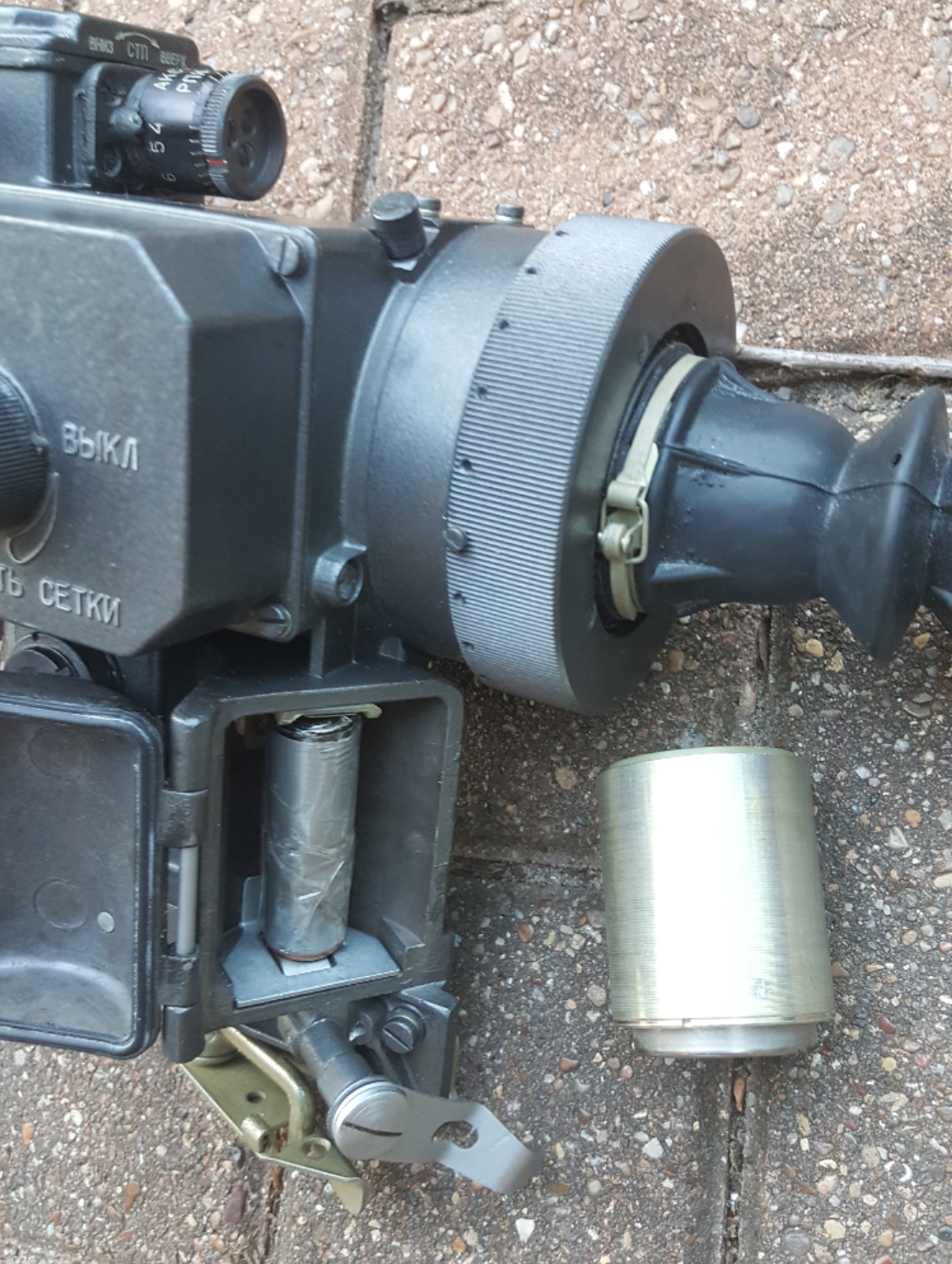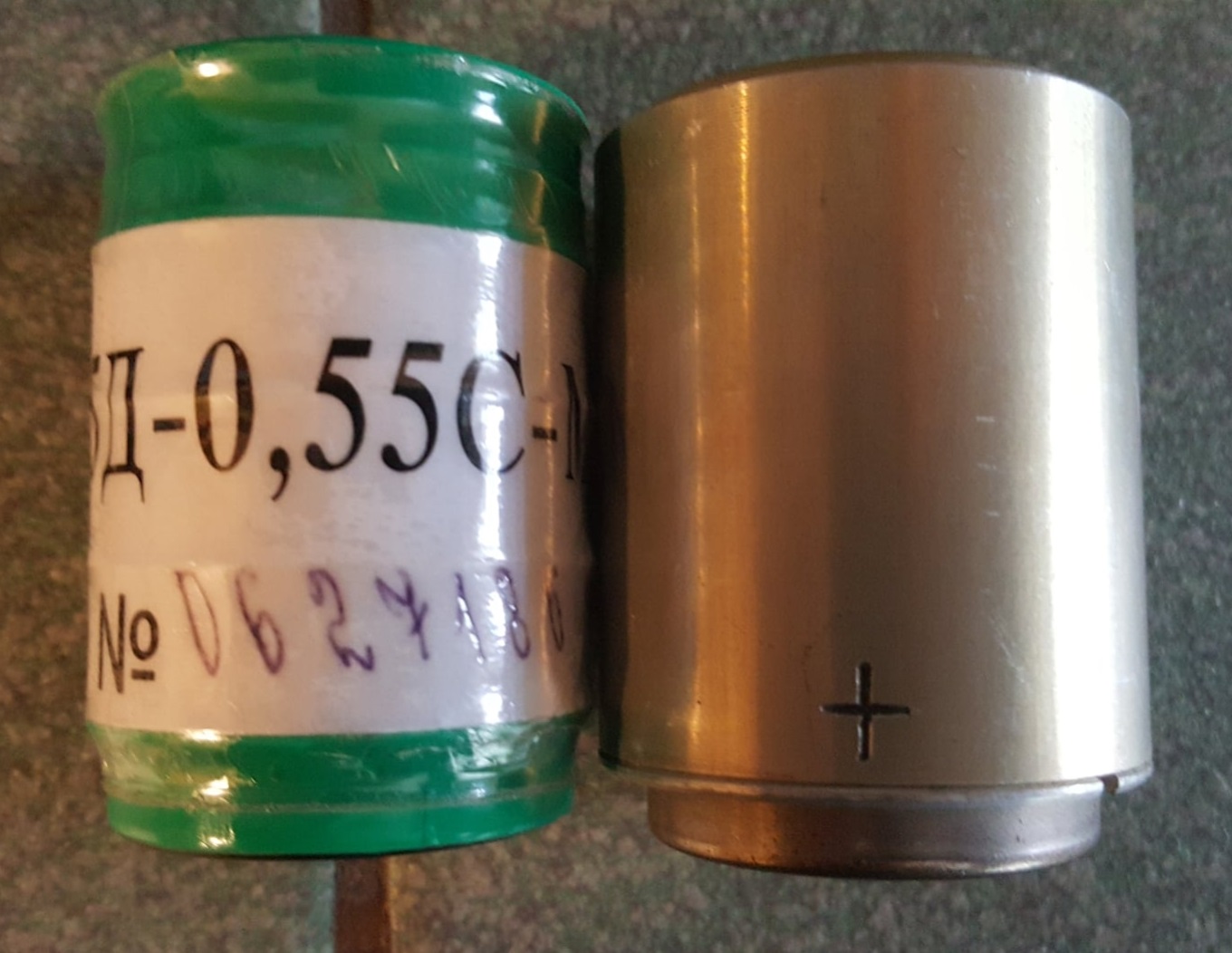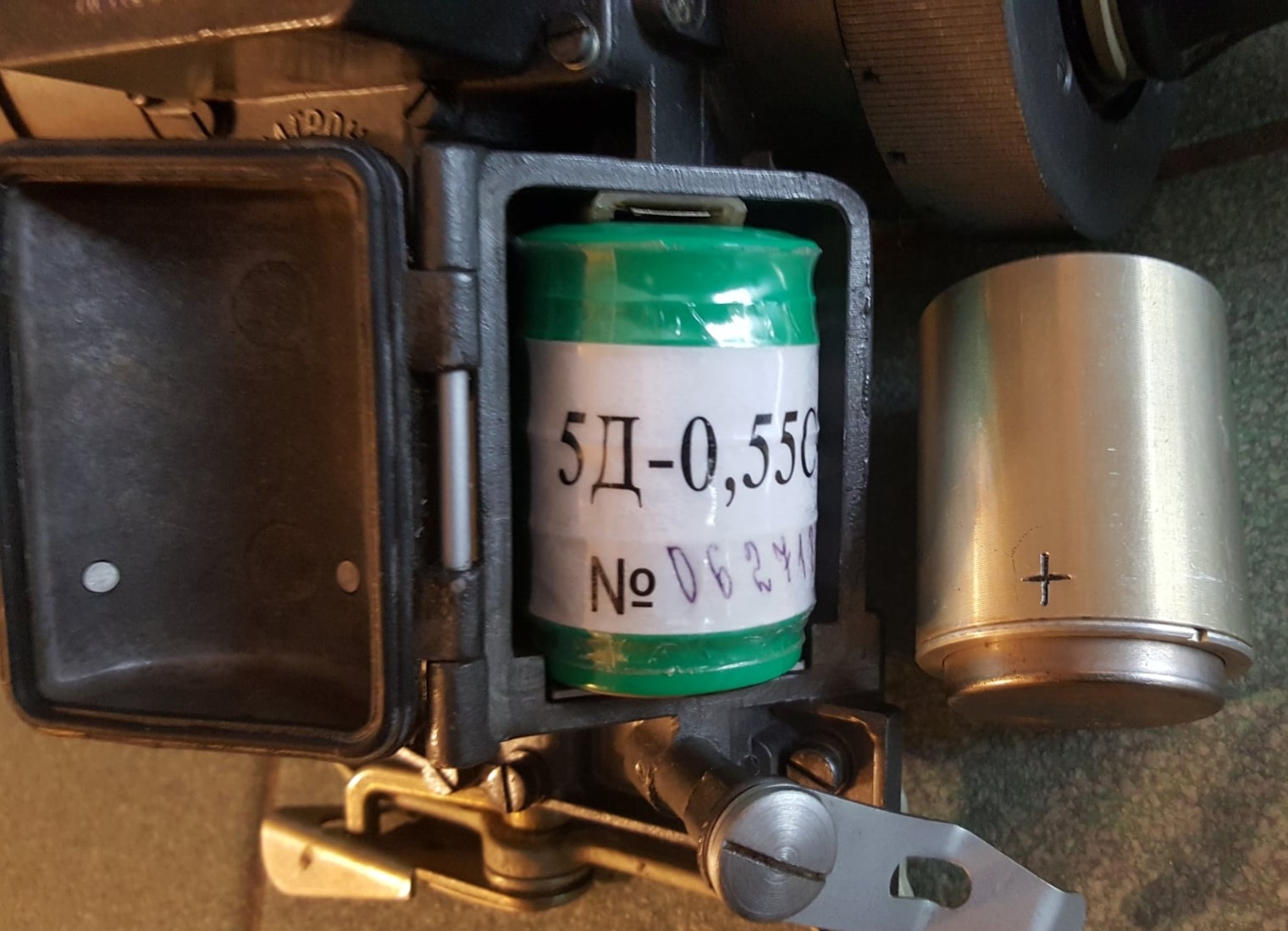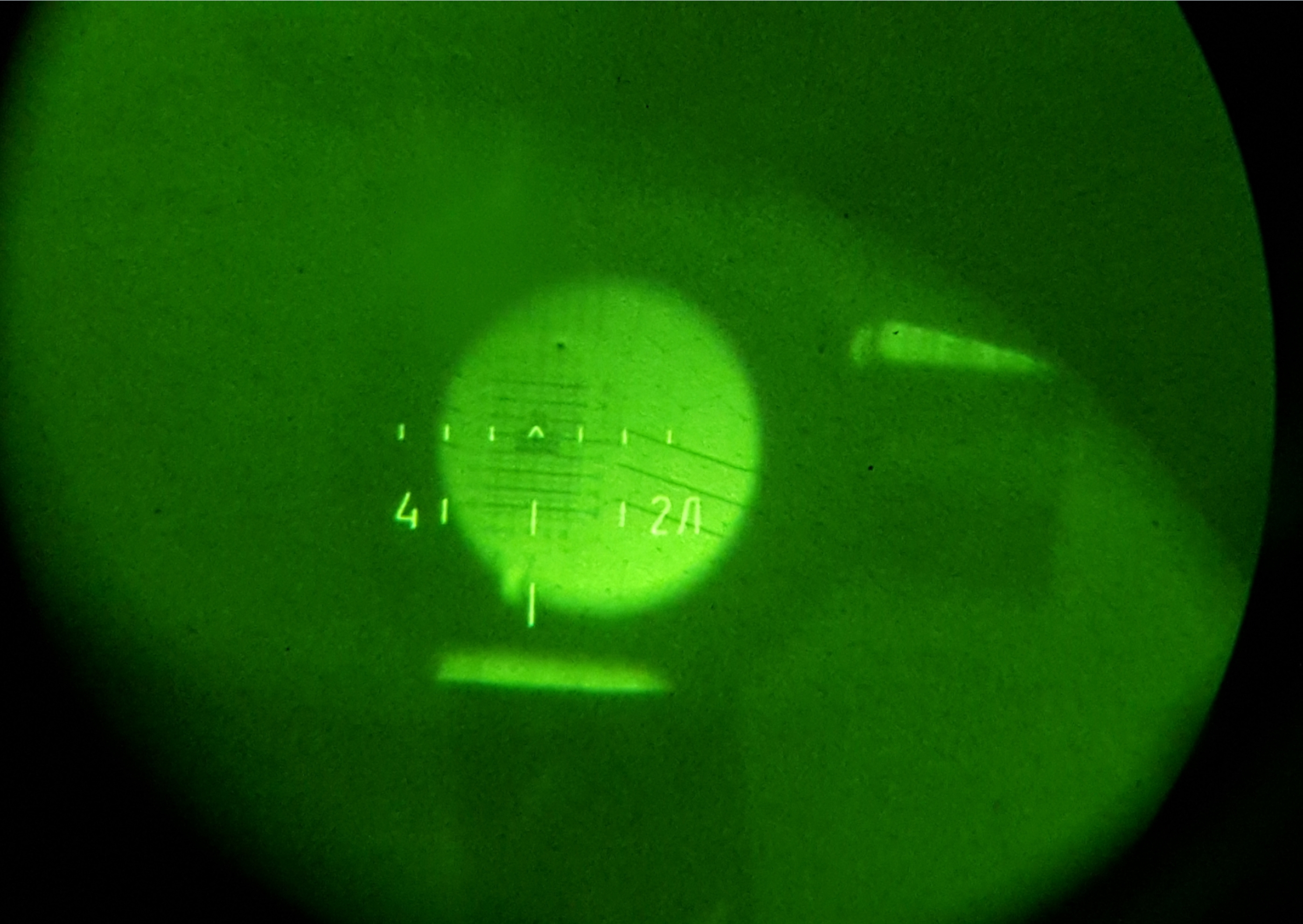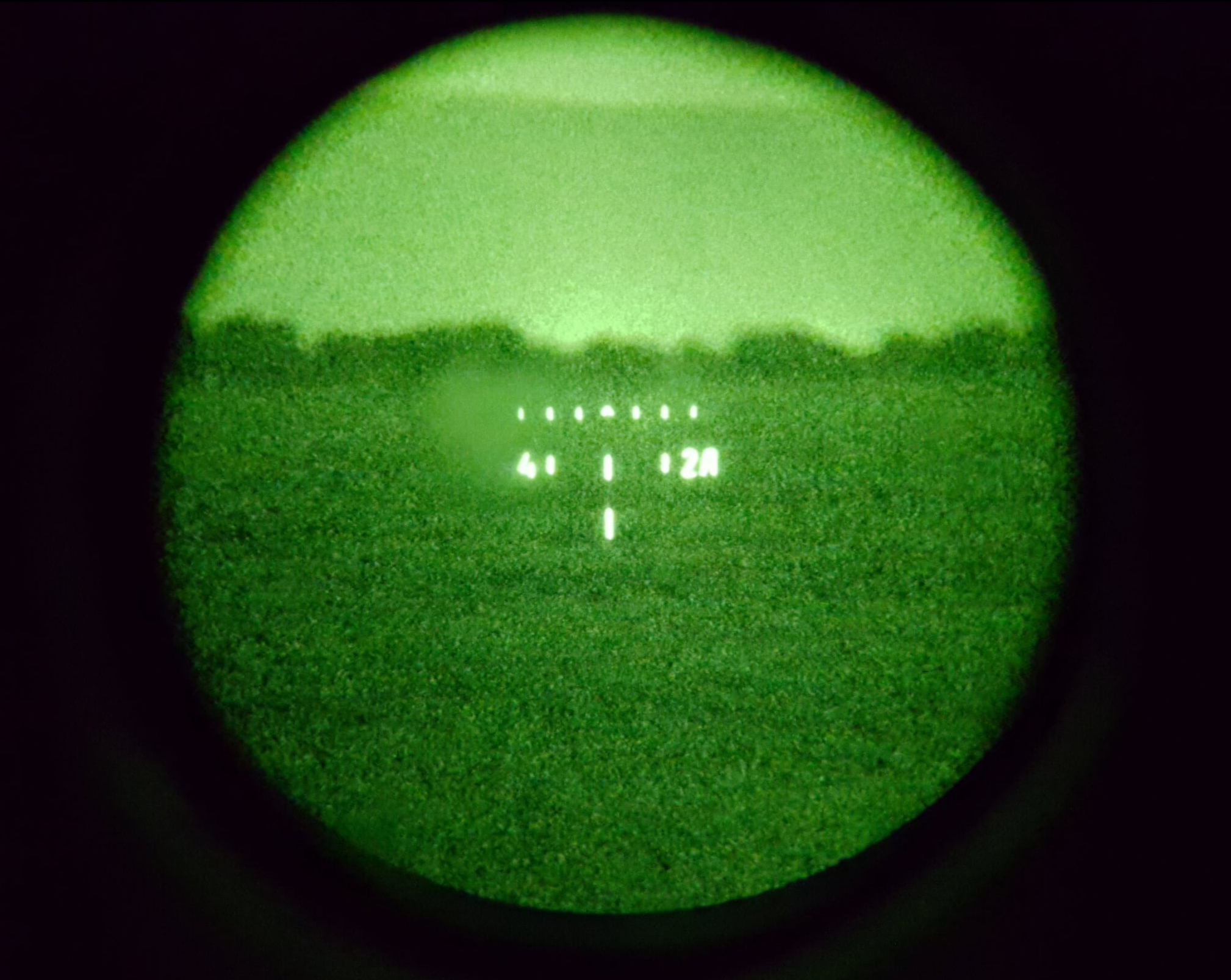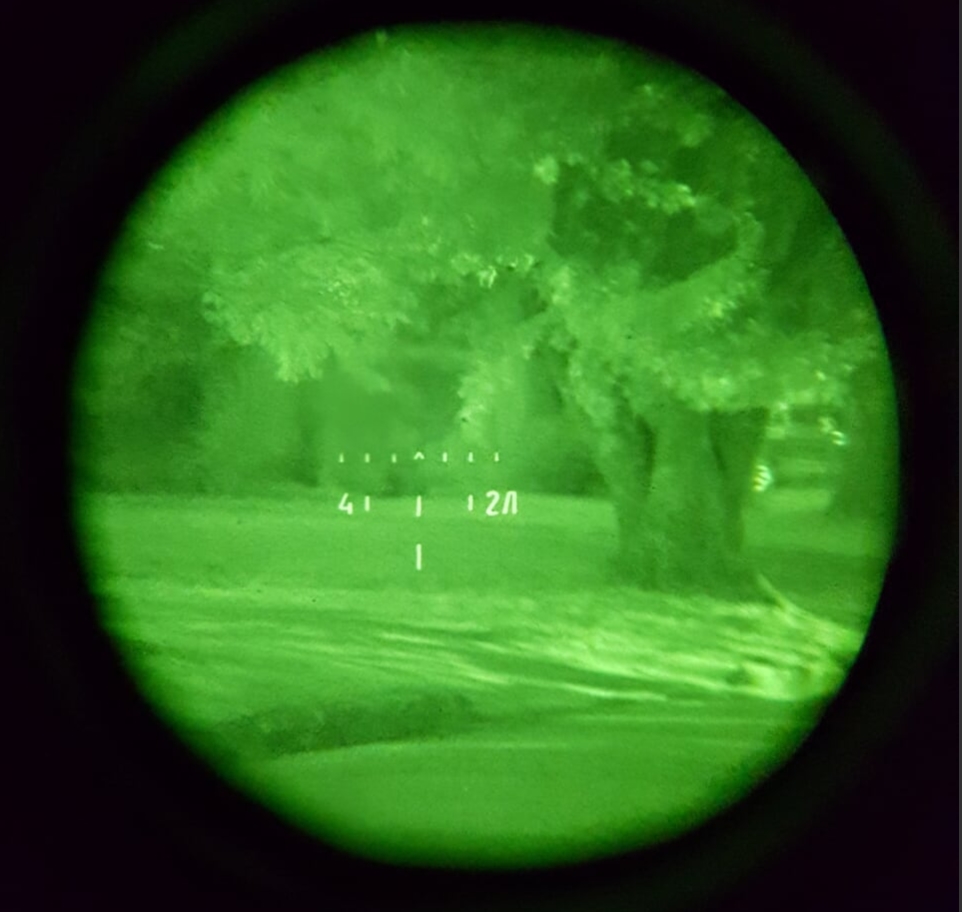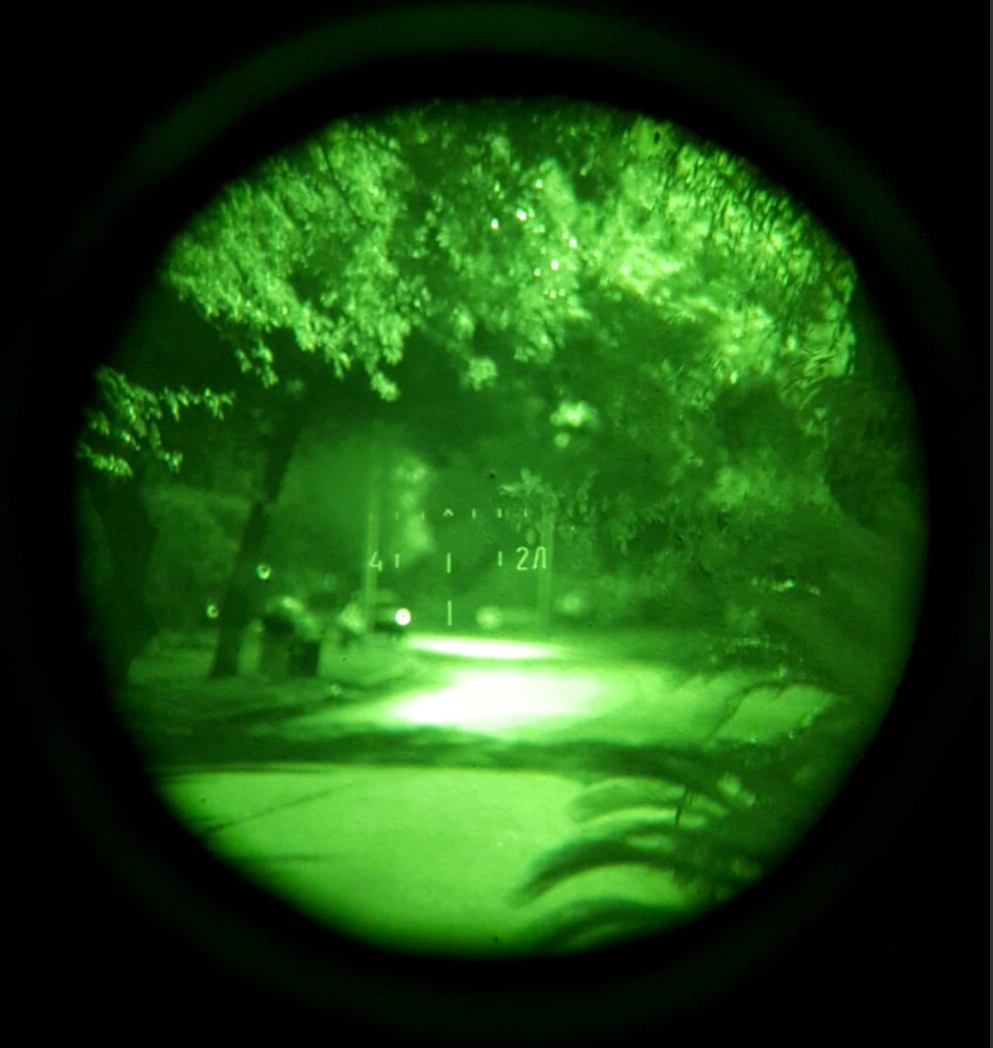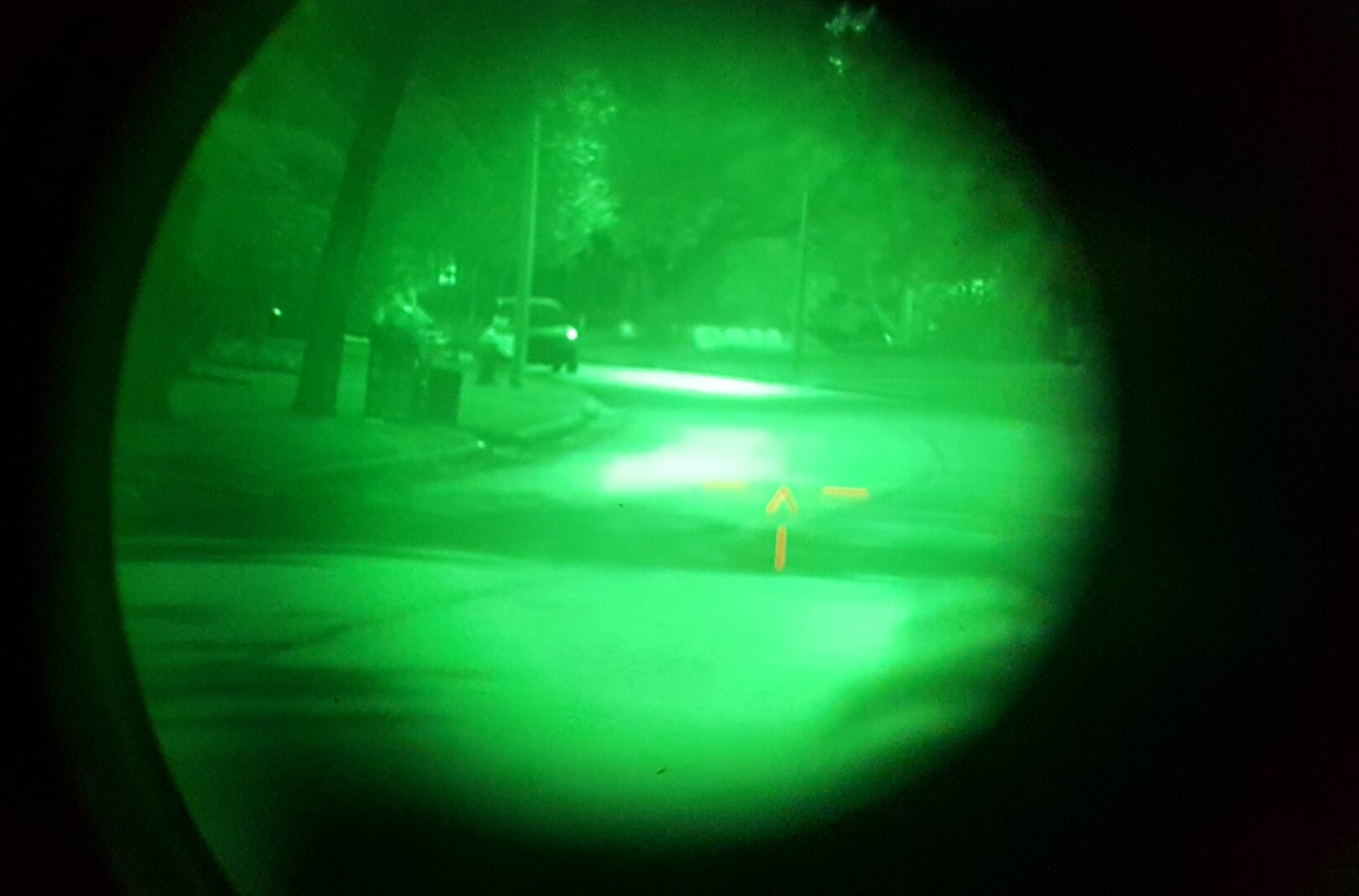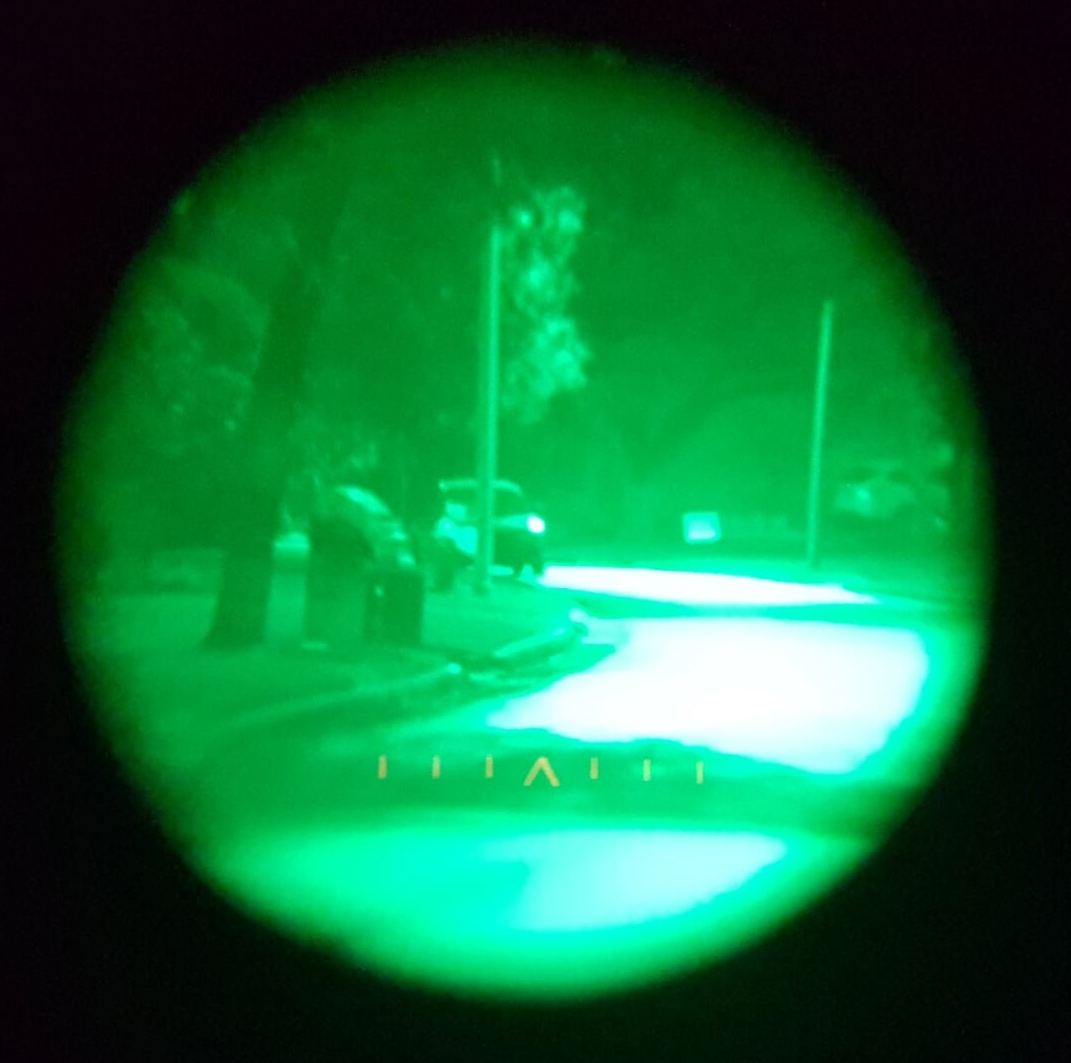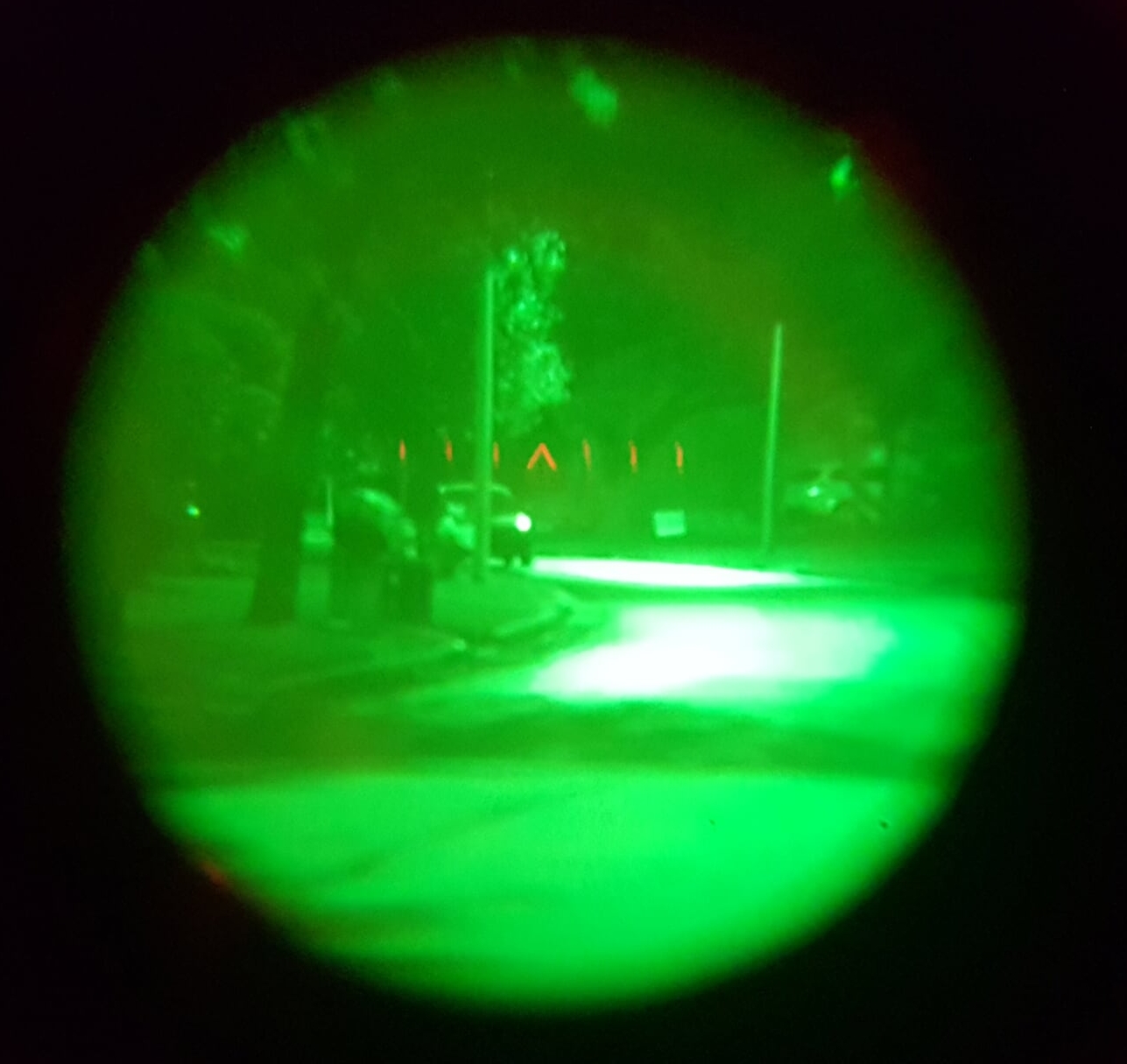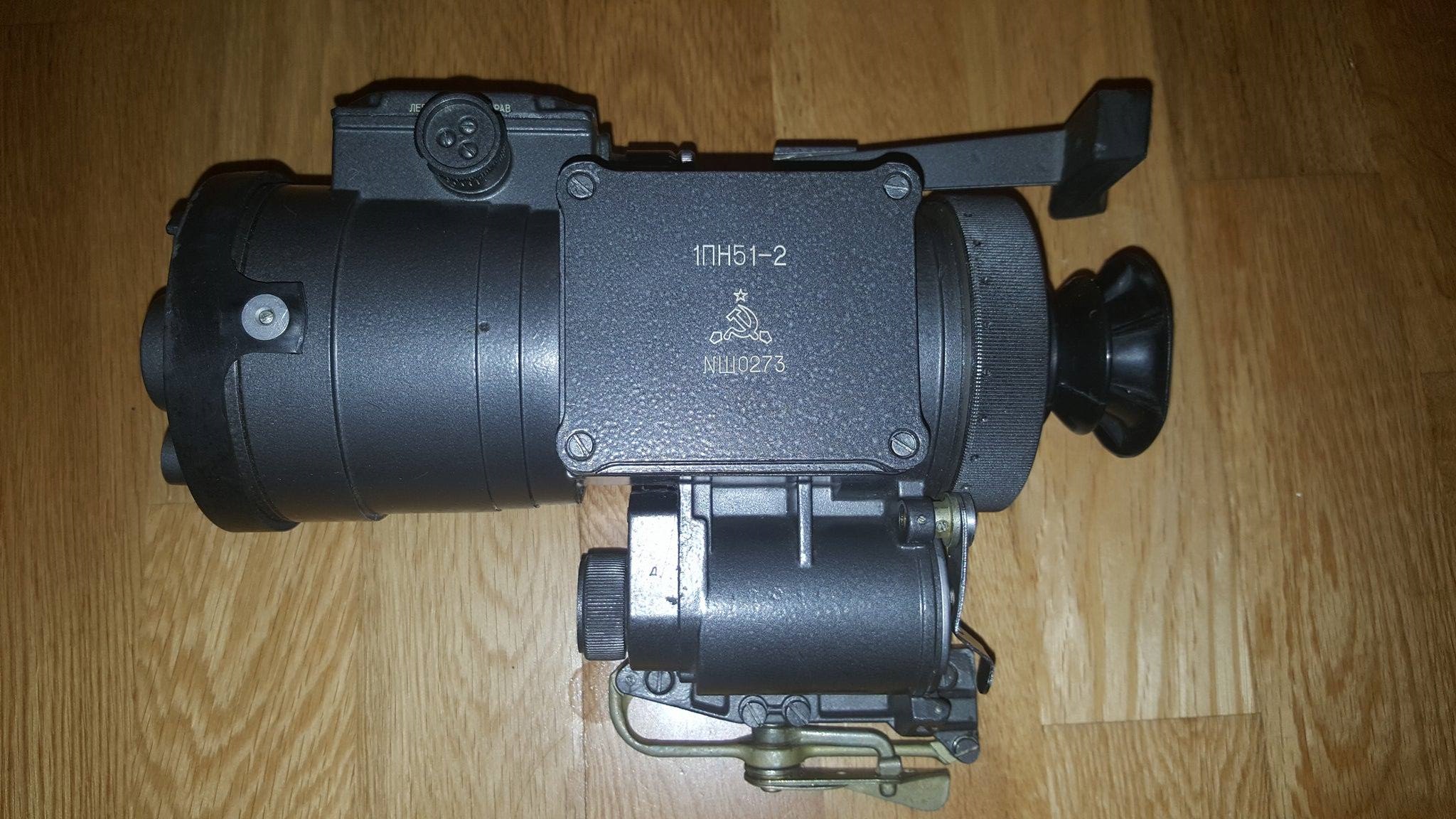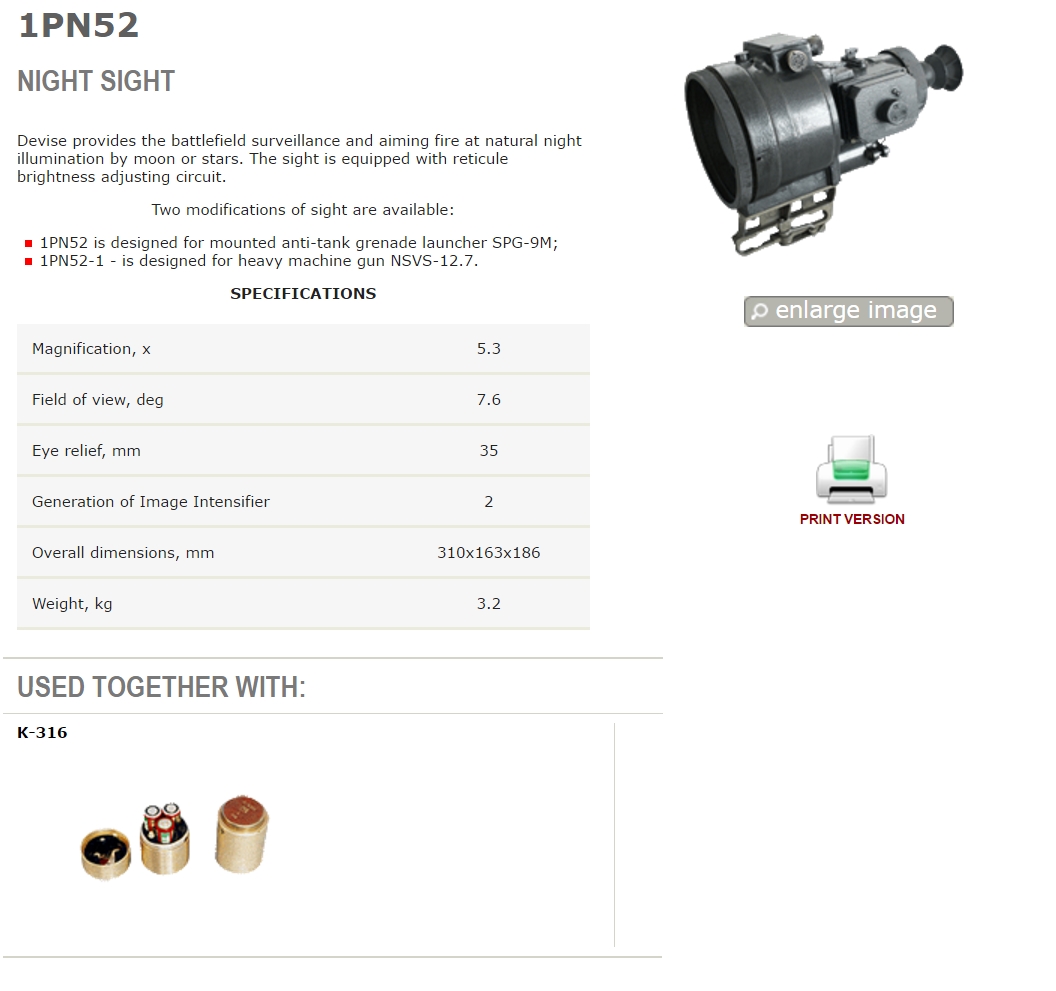An excellent reference for 1PN51 is found HERE on Dragunov.net
Again many thanks to Herr Berg for the link, and
to Brian Wilhelm on his writeup which I posted on the
night vision title page
1PN51 is by far the rarest Soviet military night
vision optic in the US and has always been tough to
find.
I've never actively pursued acquiring a 1PN51
before now, partly because of the rarity and partly
because I have been really busy collecting other
daylight optics. I've had a couple chances in the past
but declined for one reason or another, however in
2017 I found a really good deal and decided to take a
chance.
There is always a risk when buying any dated Russian
night vision optic because they don't have an
unlimited service life and you never really know the
quality until you get it, but in this case it worked
out quite well. The unit I have came complete with a
full transit case, all accessories, and lights up very
nicely. It needs a bit of a focus adjustment but is
still quite usable out to 300m or so. The most I will
realistically use it for is hog hunting in Texas and
it will be very suitable for that.
My optic is also not serialized to the transit
case and the paperwork is not serialized either. This
is not uncommon with 1PN51 in particular, but somewhat
atypical for optics with the transit case and
paperwork which tend to be serialized when found in
such a complete state.
Despite being 20+ years old 1PN51 is a solid Gen 2
device and really out performs any civilian Gen 2 that
I have personally seen. There is something to be said
for military grade optics vs civilian and 1PN51
demonstrates this quite well. It performs remarkably
better than 1PN34 or 1PN58 and has none of the classic
fish eye effect of the Gen 1 designs.
As I have mentioned on the 1PN93 page I am having
a tough time deciding which optic is overall more
effective in all the lighting conditions I have seen
in testing. PN6K-5 is the hands down winner, but
between PN-6K and 1PN51 it is not so clear cut
1PN51 has the best close range and indoor resolution
that I have personally seen on a Soviet or Russian
night vision optic. It can handle distances measured
in inches vs meters for the others. While my
particular example needs a little adjustment to the
focus the sensitivity is quite good and it can see a
long way. In testing 1PN51 seems to perform best at
night in open spaces compared to PN-6K which seems to
do a bit better in urban environments with more
background lighting
On the NDM86 with digital
flora Chamelion chest rig and the MP4-20
spotter scope
Transit case is not serialized to this optic but
does have the full kit including ballistic cams still
covered in cosmoline
1PN51 is smaller than the older NSPU optics but
still not small. Compared to 1PN114 they are similar
but 1PN114 has better optical quality and the nifty
feature of being a daylight and night vision optic.
Weight is 72 ounces for 1PN51 and 63 for PN6K-5
The desiccant cartridge is visible below the on/off dial. The purpose is to give a visual indication if the tube is wet or dry which could render the scope unusable if too wet, as well as acting as a desiccant to keep the tube dry
МЕХАНИ3М ВЫВЕРКИ ПО НАПРАВЛЕНИЮ ПО ВЫСОТЕ
Mechanism of correction (Height and Windage)
Each knob has three screws that are loosened in order to move the reticule for zeroing
Shown here with AKS-74UN cam (AKSU with side rail)
BDC Cam replacement / Adjusting elevation for zero
Remove the three screws to pull the dial off and replace the cam. You loosen the screws in order to rotate the dial and adjust for windage and elevation similar to how a PSO-1 works.
The daylight lens cover
It can be adjusted open or closed. Fully remove for night time shooting
1PN51 has a fairly sensitive autogate feature and will shut off quickly if overloaded, but you can move the lens filter one click at a time to get the best picture for daylight shooting. It returns to normal operation really quickly after the auto shutdown happens.
Because of this design I have found 1PN51 to be a bit more resistant to harsh lighting conditions in the daytime compared to PN-6K and PN6K-5
The irons are not blocked by 1PN51, which is typical for the SVD compatible optics (and Soviet night vision in general)
The brightness control - On/Off. The reticule brightness is adjusted by the dial, but the night vision sensitivity itself is either on or off, if you move the dial away from the off position. It is not more or less sensitive depending on the dial. Sensitivity is partially controlled by the day light filter which has a lever to open or close the daylight iris, however at night without the lens cover the optic is always either on or off. The dial allows the reticule to be brighter or dimmer and it is sometimes necessary to adjust the reticule brightness
On the AK105
On the 1988 Ishmash AKS-74N clone
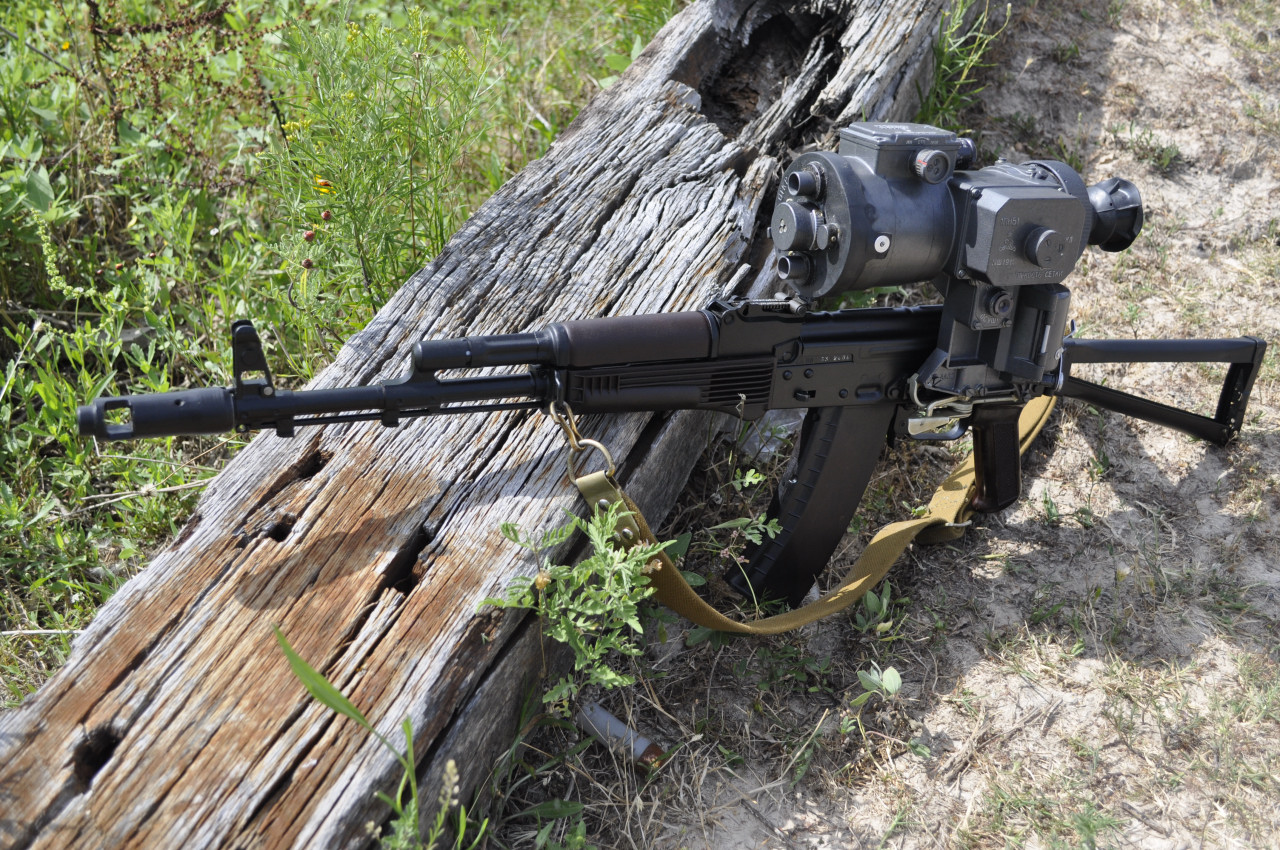
With Dead Air Wolverine PBS-1 suppressor
Two CR2 batteries will provide the 6 volts necessary but this may not be stable under recoil. I was able to zero the optic during the day using these two CR2s and it held up just fine, but you may experience it differently
Original dry cell battery on the right. These are very rarely able to hold a charge but can sometimes be rebuilt.
My set came with a civilian Russian battery apparently designed exactly for the battery compartment on the 1PN51 (and 1PN58)
On the NDM86
It seems like an ungainly and awkward optic but it is rather manageable when you actually shoot with it. At almost 4 pounds it's certainly heavy but from a fixed position it's not the end of the world. I sincerely doubt I would enjoy movement to contact using the SVD and 1PN51, but it could be worse I suppose
Sighting in with OVU-1.
1PN51 is actually one of the sharpest Russian
optics at close range / inside buildings that I have
seen yet. It does remarkably well even at 15 feet (5m)
and here you can see that the OVU-1 body is quite
visible even though it is only 2 feet away
at the muzzle
Night Vision Testing
Distance to the treeline is about 1700 meters, or
1 mile. There were clear skies and about a half moon.
This was a rural setting with no urban lighting
Compare a similar view on the same night with 1PN114 / PN6K-5
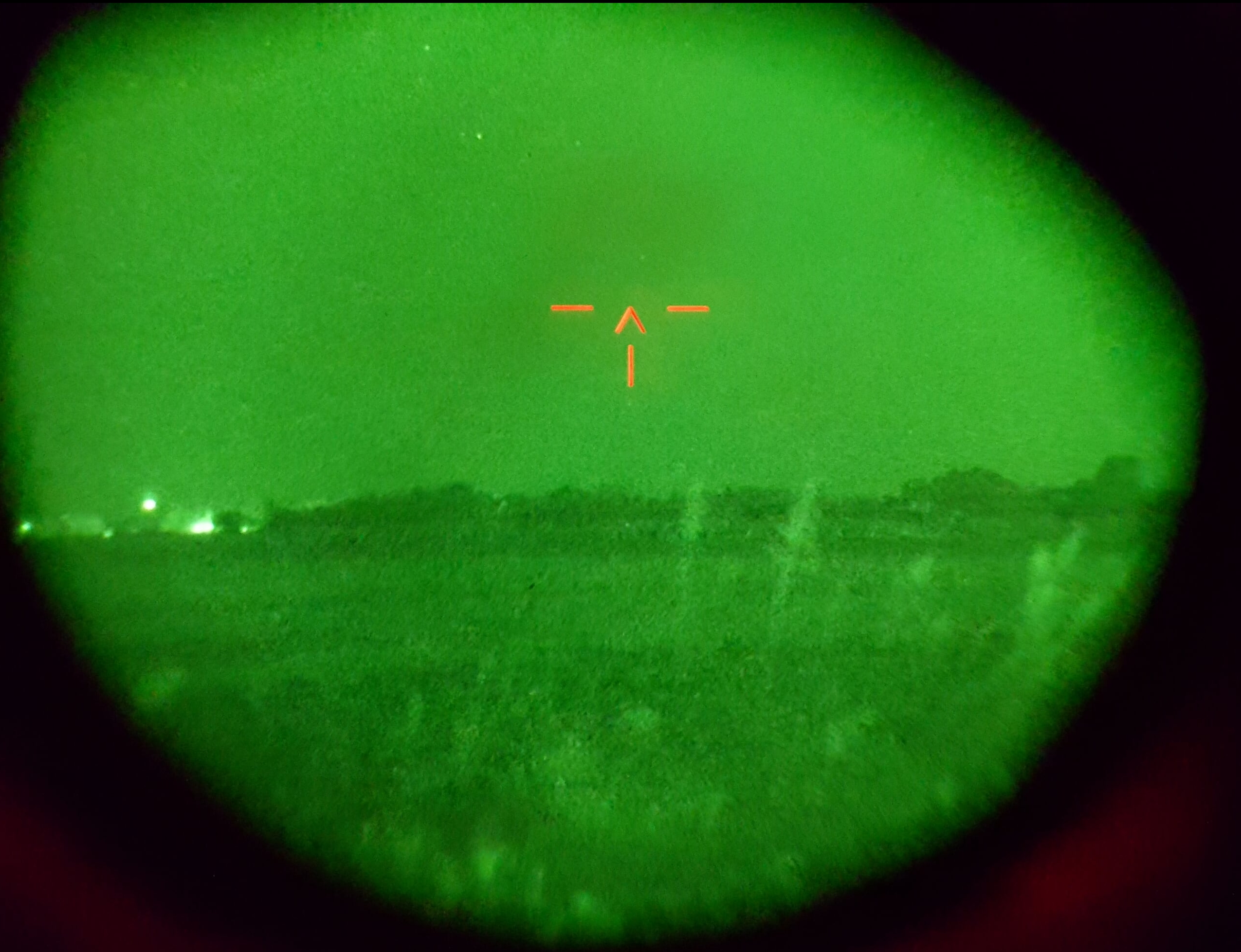
Urban setting. Distance is about 100 yards with no lens cover
Distance to the vehicle is about 200 yards. This particular 1PN51 could use a bit of a focus adjustment. I have it cranked all the way and it still needs a bit more, but still functional
Compare with PN6K-5
PN6K-1
Per Dragunov.net 1PN51-2 seems to me
designed for rocket launchers like RPG26
My friend SVD Sniper of Kalashnikov.org.uk
has a nice collection himself, including a 1PN51-2
NPZ's website also lists an optic called 1PN52
which looks to be a relative of 1PN51-2

